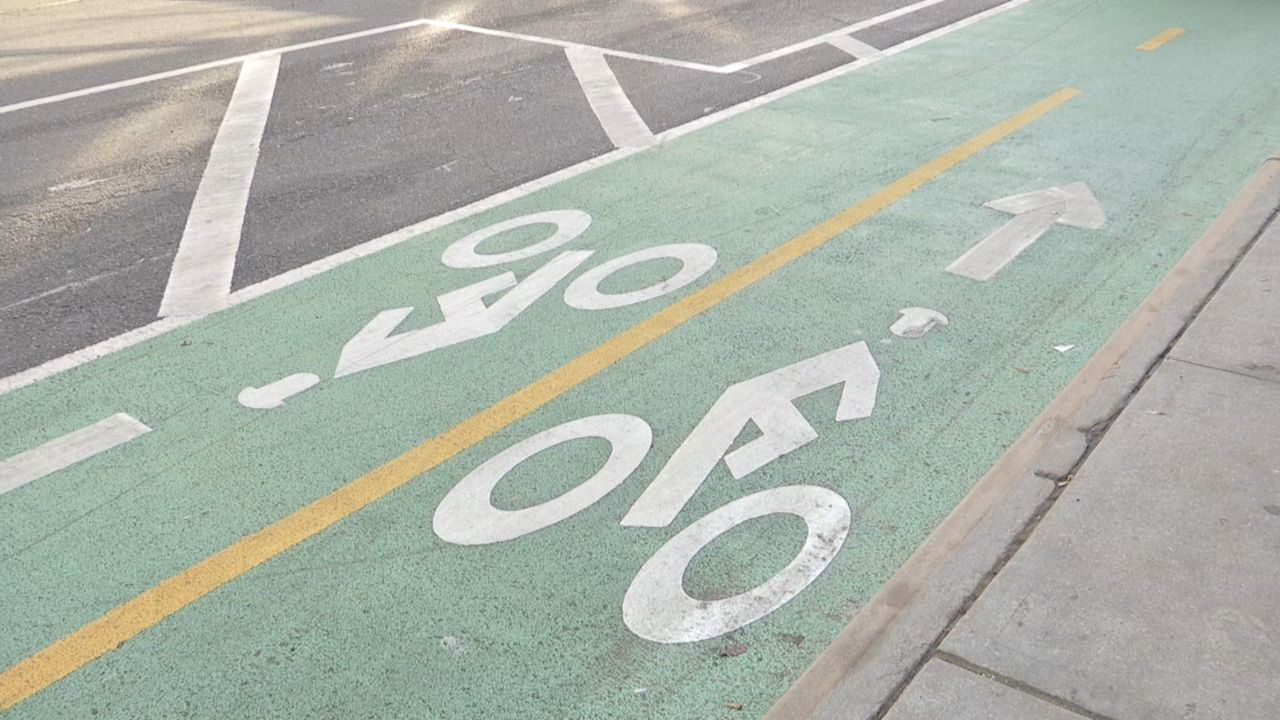It has been a deadly start to 2019 for cyclists in the city: Nearly halfway through the year, the number of fatal bike accidents has already matched last year's total.
That's prompted cycling advocates to call on the city for greater protection.
"We need a physical barrier because, as we have seen all throughout this year and year's past, paint itself is not going to be enough," said Erwin Figueroa, a senior organizer at advocacy group Transportation Alternatives.
Vision Zero has been a major priority for the Bill de Blasio administration. Under the plan, the city has redesigned streets in the hope of making them safer for pedestrians and cyclists.
But, just last week, there was a string of three fatalities involving bikers. One of those victims, 22-year-old Kenichi Nakagawa, known to neighbors as Ken, was hit by a car on Brooklyn Avenue near Dean Street after he ran a red light, police said.
"He was like a person that you would admire and hope that there were a thousand people like that," said Alan Person, one of the victim's neighbors.
Eight of the 10 fatalities happened in Brooklyn, specifically in southern part of the borough. Advocates say that's because bike lanes there are not protected and instead are painted lanes shared with cars, a design that advocates believe won't accomplish the goal of eliminating traffic deaths.
"Protected bike lanes should not be controversial, because we know they are effective, they work," Figueroa added. "Expanding that network of protected bike lanes will protect more people in the city — especially in the outer boroughs— will make cycling safer."
Back in March, Robert Spencer, 55, was killed as he rode along Borden Avenue in Queens. He was struck on a section of the road that had been redesigned as part of Vision Zero. But since then, the city transportation department has made a change, adjusting the signal cycle from 90 seconds to 60 seconds.
"The city needs to step up in the Vision Zero implementations on streets," Figueroa said.
But many cyclists believe that safe roads are a shared responsibility.
"It would be easier if everyone maintained their part," cyclist Melvin Clark said. "Bikes should stay in the bike lanes, cars should stay in the car lanes, so forth and so on."
A city transportation department spokesperson said the department's thoughts were with the victims' families. The spokesperson also said the department is committed to Vision Zero and continuing to bring bike safety citywide, but specifically in Brooklyn. Parts of Park Slope, Sunset Park, and Bay Ridge will soon get miles of protected bike lanes.



